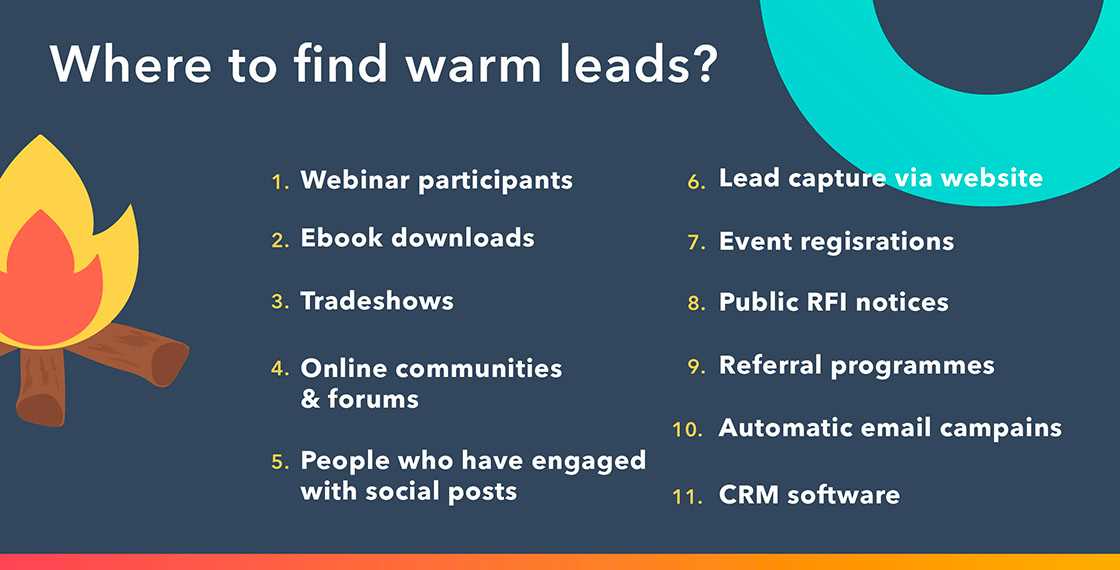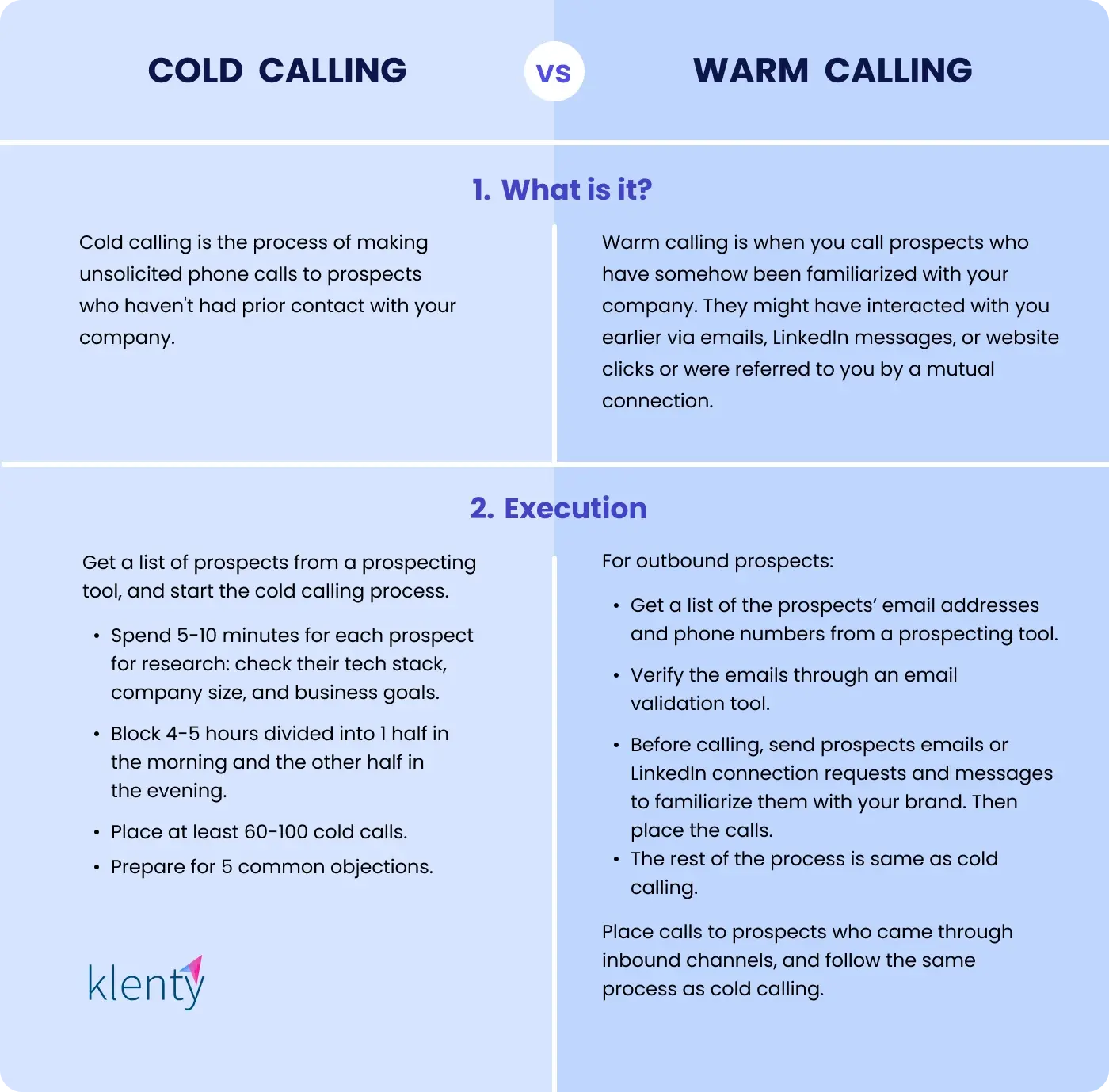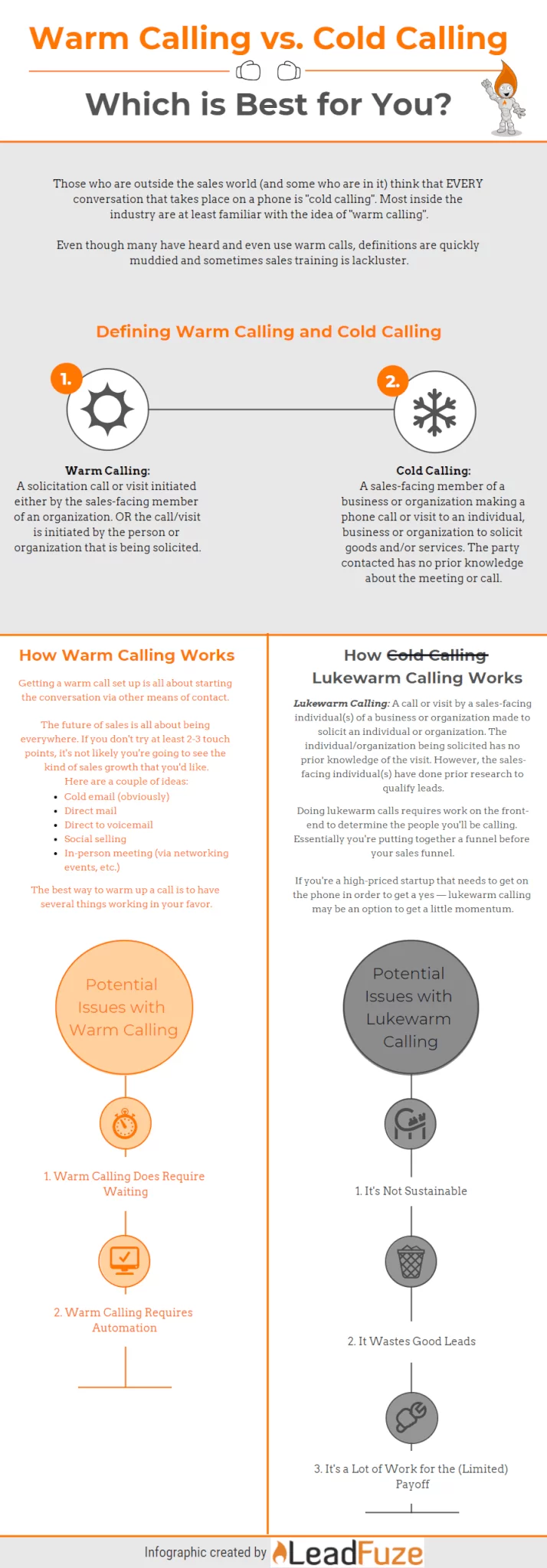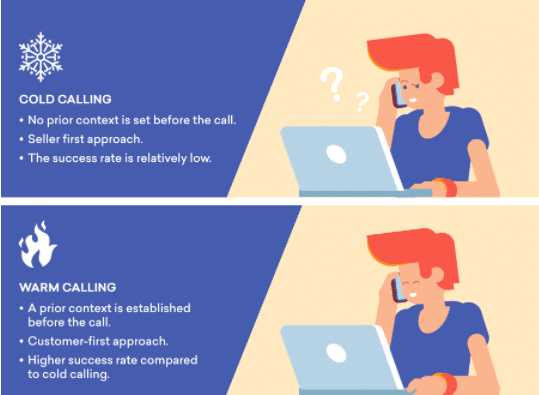What is Warm Calling?
Warm calling is a sales technique that involves contacting potential customers who have already shown some level of interest or engagement with a company or its products. Unlike cold calling, where sales representatives reach out to completely new prospects, warm calling targets individuals who have already expressed some form of interest, such as filling out a contact form, downloading a whitepaper, or attending a webinar.
Warm calling is considered more effective than cold calling because it allows sales representatives to establish a connection with potential customers who are already familiar with the company. This familiarity increases the chances of a positive response and can lead to higher conversion rates.
The Definition of Warm Calling
Unlike cold calling, which involves contacting completely new prospects who may have no prior knowledge of the company, warm calling targets individuals who are already familiar with the brand. This familiarity creates a warmer and more receptive environment for the sales representative.
The Warm Calling Process
The warm calling process typically involves the following steps:
- Identifying potential warm leads: Sales representatives need to identify individuals who have shown some level of interest or engagement with the company. This can be done through lead generation activities, such as tracking website visitors, analyzing form submissions, or monitoring event registrations.
- Gathering relevant information: Before making a warm call, it is important to gather relevant information about the potential customer. This can include details about their previous interactions with the company, their preferences, and any specific needs or challenges they may have.
- Preparing a personalized approach: Once the relevant information is gathered, sales representatives can prepare a personalized approach for the warm call. This can include referencing the customer’s previous interactions, addressing their specific needs, and highlighting the value proposition of the company’s products or services.
- Making the warm call: The sales representative then reaches out to the potential customer through a phone call or other communication channels. During the call, they aim to establish a connection, build rapport, and address the customer’s needs and concerns.
- Following up: After the warm call, it is important to follow up with the potential customer. This can include sending additional information, scheduling a demo or meeting, or addressing any further questions or concerns they may have.
By following this process, sales representatives can effectively engage with potential customers and increase the likelihood of converting them into paying customers.
Steps to Successful Warm Calling
To ensure successful warm calling, sales representatives should consider the following steps:
- Segmenting warm leads: It is important to segment warm leads based on their level of interest, engagement, or specific needs. This allows sales representatives to tailor their approach and messaging accordingly.
- Personalizing the approach: Taking the time to gather relevant information and personalize the approach can significantly increase the chances of success. This can include referencing previous interactions, addressing specific pain points, and offering tailored solutions.
- Building rapport: Establishing a connection and building rapport with potential customers is crucial. This can be done by actively listening, showing empathy, and demonstrating a genuine interest in their needs and concerns.
- Providing value: During the warm call, it is important to focus on the value proposition of the company’s products or services. Highlighting the benefits and addressing how they can solve the customer’s challenges can make the call more compelling.
- Following up promptly: Promptly following up with potential customers after the warm call is essential. This shows professionalism and helps to maintain the momentum and interest generated during the call.
Expert Tips for Warm Calling
Here are some expert tips to improve the effectiveness of warm calling:
- Do your research: Before making a warm call, gather as much information as possible about the potential customer. This will help you tailor your approach and address their specific needs.
- Practice active listening: During the warm call, focus on actively listening to the potential customer. This will help you understand their needs and concerns, and allow you to provide more relevant solutions.
- Be confident and enthusiastic: Confidence and enthusiasm are contagious. Show your passion for the company’s products or services, and convey your belief in their value.
- Handle objections effectively: Anticipate potential objections and prepare responses in advance. Addressing objections confidently and providing relevant solutions can help overcome any resistance.
- Continuously improve: Regularly analyze your warm calling efforts and identify areas for improvement. This can include refining your approach, updating your messaging, or seeking feedback from colleagues or mentors.
By following these expert tips and implementing best practices, sales representatives can maximize the effectiveness of warm calling and increase their chances of success.
The Definition of Warm Calling

Warm calling is a sales technique that involves contacting potential customers who have already shown some level of interest or engagement with a company or its products. Unlike cold calling, which involves reaching out to prospects who have no prior knowledge or connection to the business, warm calling allows sales representatives to establish a more personalized and targeted approach.
Warm calling is based on the idea that building a relationship with potential customers before making a sales pitch can lead to higher conversion rates and a more positive customer experience. By leveraging existing connections or previous interactions, sales representatives can establish trust and credibility, making it more likely for prospects to be receptive to their message.
One common example of warm calling is following up with leads generated from marketing campaigns or events. When a potential customer fills out a form, attends a webinar, or downloads a whitepaper, they are indicating some level of interest in the company’s products or services. By reaching out to these leads, sales representatives can continue the conversation and provide additional information or assistance.
Warm calling can also involve reaching out to existing customers to upsell or cross-sell additional products or services. Since these customers have already made a purchase and have an established relationship with the company, they are more likely to be open to hearing about other offerings that may benefit them.
Overall, warm calling is a strategic approach to sales that focuses on building relationships and leveraging existing connections to increase the likelihood of success. By targeting prospects who have already shown interest or engagement, sales representatives can create a more personalized and effective sales experience.
The Warm Calling Process

Warm calling is a proactive sales technique that involves reaching out to potential customers who have already shown some level of interest or engagement with your business. Unlike cold calling, where you contact prospects who have no prior knowledge of your company, warm calling allows you to leverage existing connections or interactions to establish a more personalized and effective sales approach.
1. Identify Warm Leads
The first step in the warm calling process is to identify warm leads. These are individuals or companies who have expressed interest in your products or services, either by subscribing to your newsletter, downloading a whitepaper, attending a webinar, or any other form of engagement. By focusing on warm leads, you increase the chances of a positive response and conversion.
2. Research and Prepare
Before making the warm call, it’s essential to research and prepare. Familiarize yourself with the lead’s background, needs, pain points, and any previous interactions they may have had with your company. This information will help you tailor your conversation and demonstrate that you understand their specific challenges and how your offering can address them.
3. Personalize Your Approach
When making a warm call, it’s crucial to personalize your approach. Start the conversation by referencing the lead’s previous engagement or interaction with your business. This shows that you value their time and effort and establishes a connection from the beginning. Use their name, mention specific details from their previous interaction, and highlight how your product or service can provide value based on their needs.
4. Build Rapport and Establish Trust
During the warm call, focus on building rapport and establishing trust. Be friendly, genuine, and empathetic. Listen actively to the lead’s concerns and objectives, and address them with relevant solutions. By actively engaging in a conversation and demonstrating your expertise, you can establish a foundation of trust and credibility, increasing the likelihood of a successful outcome.
5. Offer a Solution
Once you have built rapport and established trust, it’s time to offer a solution. Clearly articulate how your product or service can solve the lead’s pain points and meet their specific needs. Highlight the unique features and benefits that set your offering apart from competitors. Be persuasive but avoid sounding pushy or aggressive. Focus on the value you can provide and how it aligns with the lead’s goals.
6. Follow Up and Nurture the Relationship
After the warm call, it’s essential to follow up and nurture the relationship. Send a personalized thank-you email or message to express your appreciation for their time and interest. Provide additional resources or information that can further assist them in their decision-making process. Continuously stay in touch through regular communication, such as newsletters or updates, to keep your business top of mind.
By following these steps, you can effectively execute the warm calling process and increase your chances of converting warm leads into satisfied customers.
Steps to Successful Warm Calling

Warm calling can be a highly effective strategy for generating leads and closing sales. However, it requires careful planning and execution to ensure success. Here are the key steps to follow for a successful warm calling campaign:
1. Research and Targeting
2. Build Rapport
3. Personalize Your Message
One of the key advantages of warm calling is that you have prior knowledge about your prospects. Use this information to personalize your message and demonstrate that you understand their specific needs. Highlight how your product or service can solve their problems and provide value to them. A personalized message shows that you’ve done your homework and increases the chances of a positive response.
4. Overcome Objections

During a warm call, it’s common for prospects to raise objections or concerns. Be prepared to address these objections and provide compelling answers. Anticipate potential objections based on your research and develop persuasive responses. By effectively overcoming objections, you can build trust and credibility with your prospects.
5. Call to Action
6. Follow-Up
After making a warm call, don’t forget to follow up with your prospects. Send a personalized email or make a follow-up call to continue the conversation and address any additional questions or concerns. Following up shows your commitment and professionalism, and it can help to nurture the relationship with your prospects.
By following these steps, you can increase your chances of success with warm calling. Remember to continuously evaluate and refine your approach based on the feedback and results you receive. With practice and persistence, warm calling can become a valuable tool in your sales arsenal.
Expert Tips for Warm Calling
Warm calling can be a highly effective strategy for generating leads and building relationships with potential customers. To maximize your success with warm calling, consider these expert tips:
- Research and preparation: Before making a warm call, take the time to research the prospect and their company. Understand their needs, pain points, and any recent developments that may be relevant to your conversation. This will help you tailor your pitch and demonstrate that you have done your homework.
- Establish rapport: Building rapport is crucial in warm calling. Start the conversation by asking about the prospect’s day or mentioning a common interest you discovered during your research. This will help create a friendly and comfortable atmosphere, making the prospect more receptive to your message.
- Focus on benefits: Instead of simply listing features of your product or service, emphasize the benefits it can provide to the prospect. Show them how your offering can solve their specific problems or address their needs. This will make your pitch more compelling and increase the chances of a positive response.
- Listen actively: During the call, make sure to actively listen to the prospect. Pay attention to their concerns, questions, and objections. By showing genuine interest and addressing their needs, you can build trust and credibility, increasing the likelihood of a successful outcome.
- Personalize your approach: Avoid using generic scripts or templates when making warm calls. Instead, tailor your approach to each prospect based on their individual needs and preferences. This personalized touch will make the prospect feel valued and increase the chances of a positive response.
- Follow up: After the call, make sure to follow up with the prospect in a timely manner. Send a personalized email or schedule a follow-up call to address any additional questions or concerns they may have. This will demonstrate your commitment and professionalism, further nurturing the relationship.
- Track and analyze: Keep track of your warm calling efforts and analyze the results. Monitor key metrics such as conversion rates, response rates, and revenue generated. This will help you identify areas for improvement and refine your warm calling strategy over time.
By implementing these expert tips, you can enhance your warm calling approach and increase your chances of success. Remember, warm calling is all about building relationships and providing value to your prospects, so always strive to make a genuine connection and offer solutions that meet their needs.

Emily Bibb simplifies finance through bestselling books and articles, bridging complex concepts for everyday understanding. Engaging audiences via social media, she shares insights for financial success. Active in seminars and philanthropy, Bibb aims to create a more financially informed society, driven by her passion for empowering others.
